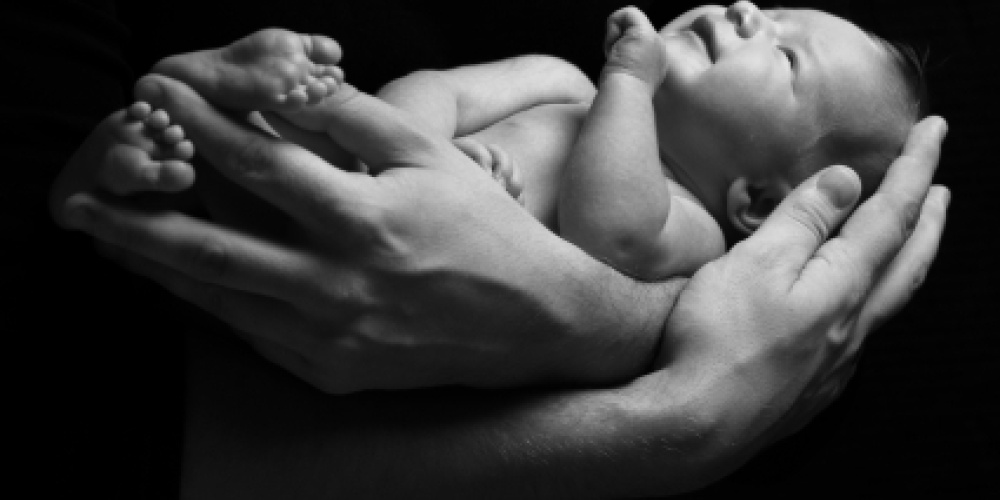
There is no greater joy than having a child. From a religious perspective, bringing new life into this world is the most tangible way of demonstrating that we were created in G-d’s image. The initial biblical portrayal of G-d is that of the Creator. And the first mitzvah given to man is to be fruitful and multiply and to conquer the earth, mandating us to imitate and partner with G-d in the continuing process of creation. The Torah describes the great joy, and the subsequent party, when Yitzchak was born. A primary theme of sefer Breisheet is the yearning for children.
It should then strike us as rather strange that the mitzvot incumbent upon us when a child is born, enumerated at the beginning of parshat Tazria, have a much different feel to them. The Torah describes how birth leads to a state of impurity, with the length of time spent in this state dependent on the sex of the child. The mother must bring a sin offering soon after birth. These laws follow on the heels of a discussion of forbidden foods, specifically those that define the impurity caused by rodents and the like. Immediately thereafter, the Torah describes the laws of tzara'at, involving not only impurity but, at times, quarantine from the community. It sure seems as if childbirth is less than a celebratory event.
The notion of birth causing impurity seems contradictory to the meaning of childbirth. Impurity, by definition, emanates from contact with death—a dead body being avi avot, “the grandfather” of impurity. The various levels of impurity and their myriad details are determined by the closeness to death itself.
Apparently, the Torah wanted to us to be cognizant of death at the moment we celebrate life. It often takes an awareness of death to motivate one to live a meaningful life. It is a tragic truism that when people are given the diagnosis of only a few months to live, they are motivated to live much differently. And when some defy the odds, they are often most grateful for the mistaken diagnosis; that “mistake” is what allowed them to live a more meaningful life.
This mixing of contradictory themes is woven throughout our tradition, allowing us to put all of life in perspective. Immediately upon returning from burying a loved one, family members must eat, demonstrating their resolve to continue to live. It is the basis of the custom of a bridegroom to wear a kittel, reminiscent of a burial shroud, at his wedding, as well as the custom of the breaking of the glass. It explains why Yom Ha’atzmaut is preceded by Yom Hazikaron, and Yom Hazikaron is followed by Yom Ha’atzmaut. If we do not take advantage of the gift of life, we are not much different than the rodents and swarming creatures who impart impurity.
Our Sages linked tzara’at to the sin of gossip. G-d created the world with ten utterances, and it is the power of speech that, according to many, is the key feature of our divine image. And one can speak loudly without actually saying words. The Talmud (Megillah 21b) notes that in actual fact, the word "VaYomer, and G-d said”, appears only nine times during the story of creation. They assert that Breisheet, the act of creation itself, is also a form of speech. Our actions speak louder than words, and serve as our greatest creative tool.
That we will never speak inappropriately is not possible, and the greatest of our leaders, Moshe and Miriam, were afflicted with tzara’at. They inappropriately criticized the Jewish people and their brother, respectively. Only Aharon, the one who loved peace and sought peace, escaped this disease. There is little more important than teaching our children, from the day they are born, that speech must be a tool to bring people together. It is, after all, G-d’s method for creating us all.



